What is the White Diet for Teeth Whitening
The white diet, a dietary approach gaining popularity, is designed to help whiten teeth naturally. It focuses on consuming foods and beverages that are less likely to stain teeth and promote overall oral health. This dietary pattern is not just about aesthetics; it’s also a way to support the body’s natural cleaning processes and reduce the risk of discoloration. The core principle is to minimize the intake of deeply pigmented substances that can adhere to the enamel and cause staining, like certain fruits, vegetables, and drinks. The white diet emphasizes light-colored, neutral-toned foods that help maintain a brighter smile. It is a gentle, proactive method that, when combined with good oral hygiene practices, can contribute to noticeable teeth whitening over time. It’s a lifestyle adjustment that prioritizes food choices that are beneficial for both dental and overall health.
Foods to Eat on the White Diet
The white diet emphasizes foods that are naturally light in color and less likely to cause staining. These food choices are central to the diet and they should be part of your daily meals. The diet focuses on a variety of food groups including dairy, lean protein, grains, and beverages. The objective is to create a balanced diet that helps in teeth whitening and ensures overall well-being. Remember, the aim is not just to eat light-colored foods, but to eat a wide range of foods that are healthy and nutritious. Making informed choices about what you consume is an essential step in this diet.
Dairy and its impact
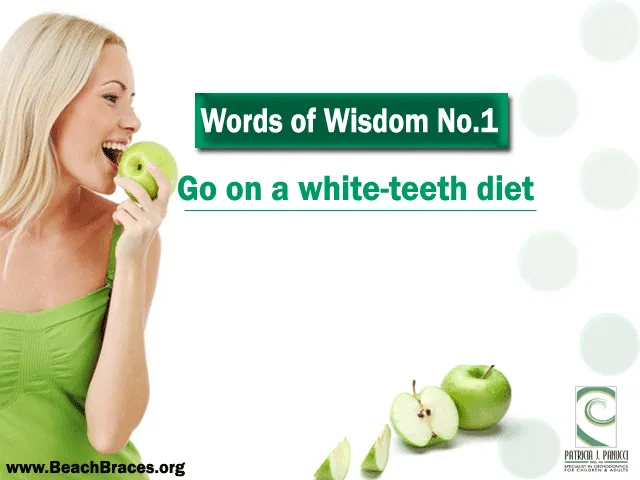
Dairy products are a staple in the white diet, thanks to their natural light color and potential for strengthening teeth. Milk, yogurt, and certain cheeses, such as white cheddar or mozzarella, can be included. These foods are rich in calcium, which is essential for strong teeth, and they also promote saliva production. Saliva helps to naturally cleanse the mouth by washing away food particles and neutralizing acids that can erode enamel. Including dairy in your diet not only provides nutritional benefits but also supports the teeth’s defense mechanisms. Choose low-sugar or unsweetened options to maximize the benefits and minimize the risk of enamel erosion. This dietary element is key to preserving a bright smile, and its inclusion is a core tenet of the white diet.
Lean Proteins and their Benefits
Lean proteins form a vital part of the white diet, contributing to both overall health and teeth-whitening efforts. Foods like skinless chicken breast, fish (especially white fish), and egg whites fit well into this eating plan. They’re naturally light in color and do not contribute to staining. Lean protein is important for tissue repair and maintaining overall oral health. Protein helps in the rebuilding of enamel and keeps gums healthy, which is crucial for preventing discoloration and maintaining a brighter smile. Preparing these proteins in ways that do not involve staining ingredients (like marinades or sauces) is essential to remain within the diet’s guidelines. These dietary choices support the physical structure and overall well-being, making them an essential part of a teeth-whitening regime.
Grains and Starches for Whiter Teeth
When it comes to grains and starches, the white diet focuses on choices that won’t cause tooth discoloration. White rice, white pasta, and certain types of bread are often included. These foods are typically light in color and present a low risk of staining. Choosing enriched or whole-grain varieties, if they’re light in color, can provide additional nutrients without compromising the whitening goals. However, it is essential to consume these in moderation, as excessive intake of carbohydrates can contribute to dental issues if proper oral hygiene practices are not followed. The emphasis remains on making healthy choices that contribute to overall well-being and the preservation of a bright smile while following this diet.
Beverages to Include in Your White Diet
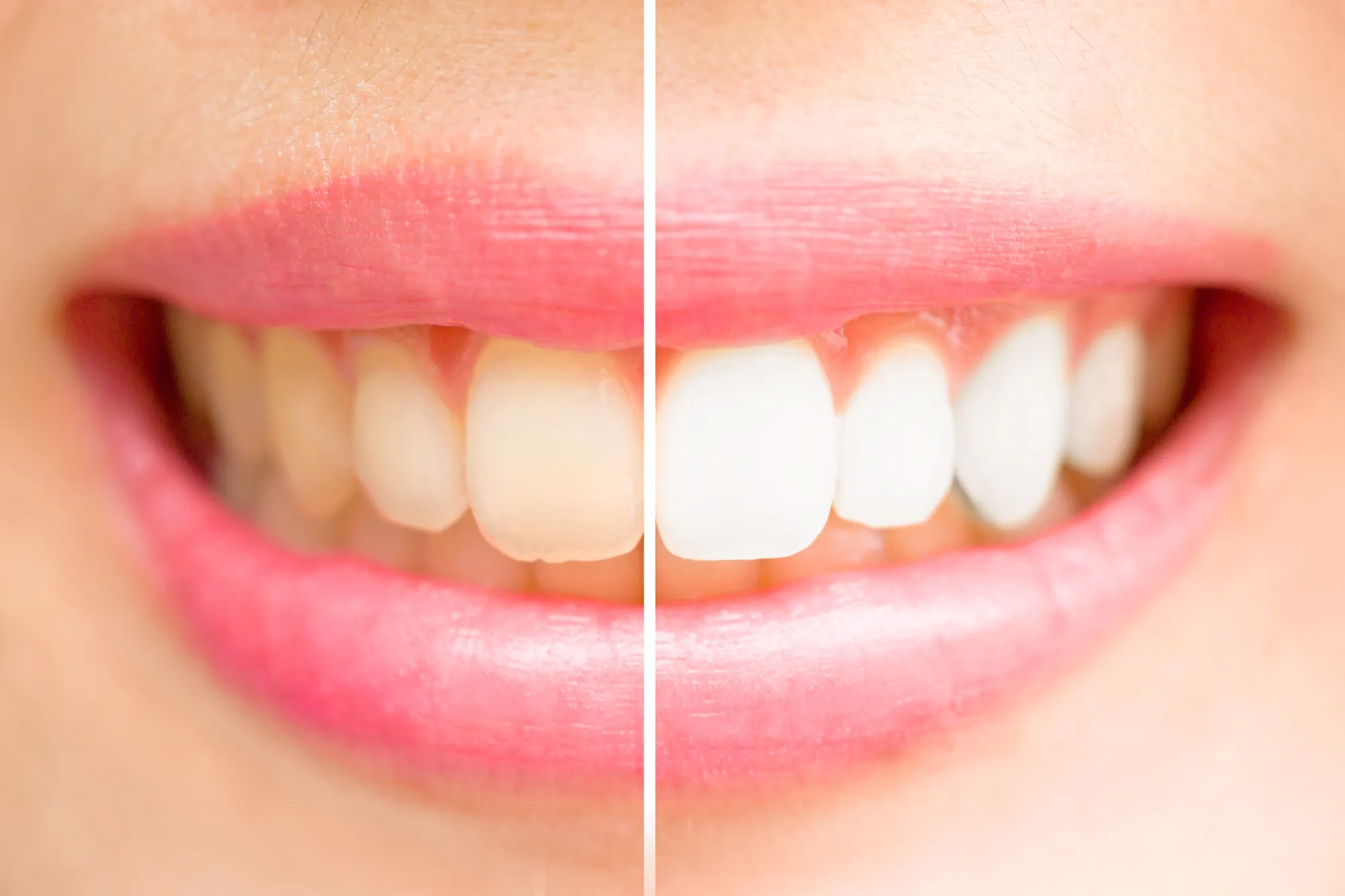
Beverages play a significant role in a teeth-whitening diet, and making the right choices is essential. Water is the ideal beverage, as it helps to keep the mouth clean and hydrated. Milk, particularly skim or low-fat, is a good choice due to its calcium content and light color. Clear beverages like plain seltzer water can also be included. The focus is on drinks that will not stain teeth. Avoiding dark-colored beverages such as coffee, tea, and sodas is critical. These drinks can quickly lead to tooth discoloration. Additionally, it is essential to watch out for added sugars, which can contribute to tooth decay. Smart beverage choices support your efforts in teeth whitening and keep your overall health in check.
Water for Oral Health
Water is an essential component of oral health, and its role in the white diet is irreplaceable. Drinking water throughout the day helps to rinse away food particles and bacteria, thus preventing staining and plaque buildup. Water also stimulates saliva production, which naturally cleanses the mouth and neutralizes acids. Consuming water after meals can help wash away any potentially staining residues and reduce the risk of discoloration. Make sure you drink enough water regularly to maintain oral health. Consider carrying a water bottle with you to stay hydrated, and make it a habit to drink water after every meal. This simple action can significantly contribute to preserving a bright, white smile.
Foods to Avoid on the White Diet
To successfully whiten your teeth, it’s crucial to avoid foods that can cause staining. The following list is key to achieving your goal to enhance your smile. The white diet recommends being mindful of your food choices and their impact on teeth discoloration.
Color-Rich Vegetables and Fruits
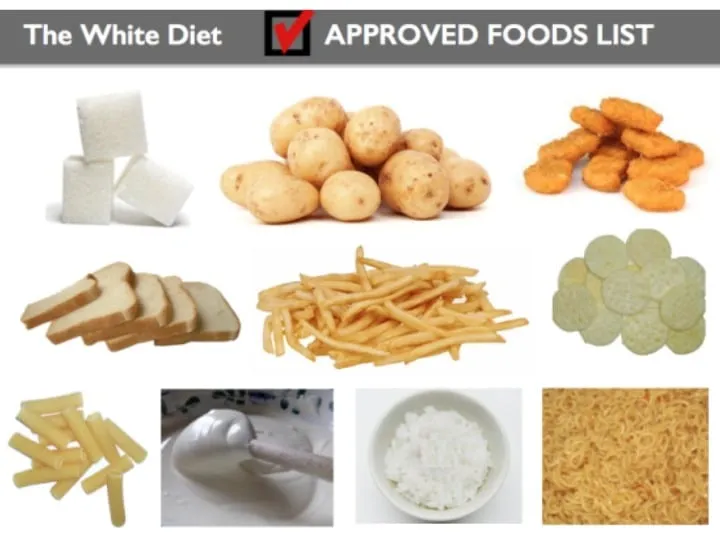
Certain fruits and vegetables, though highly nutritious, contain strong pigments that can stain teeth. Berries (blueberries, blackberries, raspberries), beets, and carrots are common culprits. While these foods offer many health benefits, their deep colors can lead to discoloration. If you choose to eat these, do so in moderation and be sure to rinse your mouth or brush your teeth afterward. It’s all about maintaining a balance between dental aesthetics and overall health. When following this teeth-whitening diet, prioritizing your teeth’s appearance is very important.
Darkly Pigmented Drinks
Darkly pigmented drinks are some of the biggest culprits when it comes to teeth staining. Coffee, tea (especially black and green), red wine, and dark sodas can all cause discoloration. The chromogens in these beverages easily adhere to the enamel, leading to staining. Limiting or avoiding these drinks is important, and if you do consume them, it’s recommended to drink water afterward to rinse your mouth. Be careful with adding ingredients such as syrups or sweeteners to these beverages, as they can accelerate staining. Choosing lighter alternatives or simply drinking water is a good choice for those who aim to have a white, dazzling smile.
Foods and Drinks That Stain
In addition to color-rich produce and dark beverages, other foods and drinks can also contribute to tooth staining. Soy sauce, balsamic vinegar, and curries are known to stain due to their intense pigments. Tomato-based sauces, such as pasta sauce, can also be problematic. Furthermore, highly acidic foods, such as citrus fruits, can erode enamel, making teeth more susceptible to staining. Be mindful of how frequently you consume these items and incorporate preventive measures. Brushing your teeth, rinsing your mouth after meals, and using a straw for staining drinks can help reduce their impact. Making thoughtful food choices is a key part of the white diet approach.
The Importance of Oral Hygiene
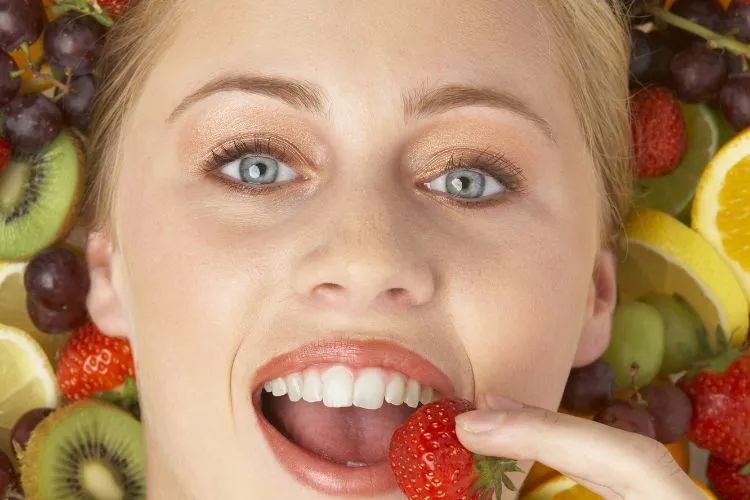
Maintaining good oral hygiene is essential for teeth whitening and overall dental health. The white diet is most effective when paired with regular brushing, flossing, and dental check-ups. These practices help to remove plaque and bacteria, thus preventing discoloration. Consistent care of your teeth is a fundamental factor in achieving a brighter smile and keeping your mouth healthy. You can maximize the benefits of the white diet by pairing it with a well-established oral hygiene regime. Implementing these habits into your daily routine will help you maintain a bright, healthy smile.
Brushing and Flossing Techniques
Correct brushing and flossing techniques are the foundation of good oral hygiene. Brush your teeth at least twice a day for two minutes each time, using a soft-bristled toothbrush and fluoride toothpaste. Ensure you brush all surfaces of your teeth, including the front, back, and chewing surfaces. Floss daily to remove food particles and plaque from between your teeth. This helps prevent staining and decay in hard-to-reach areas. Consider using an antimicrobial mouthwash to further reduce bacteria. These simple habits, when performed daily, play a vital role in keeping your teeth clean and white. The right methods of oral hygiene are vital for maintaining good oral health and enhancing your teeth-whitening results.
The Role of Regular Dental Check-ups
Regular dental check-ups are essential to maintaining oral health and achieving teeth-whitening goals. Professional cleanings remove plaque and tartar buildup that brushing and flossing can miss. Dentists can also identify and treat any underlying dental issues. Regular check-ups can help prevent problems before they become severe and expensive. These visits are also an opportunity to discuss teeth-whitening options. Following the guidance of your dentist, and attending check-ups, is a crucial step towards ensuring your smile is healthy and bright. Make sure that these scheduled check-ups are a priority in your routine.
Integrating the White Diet into Your Lifestyle
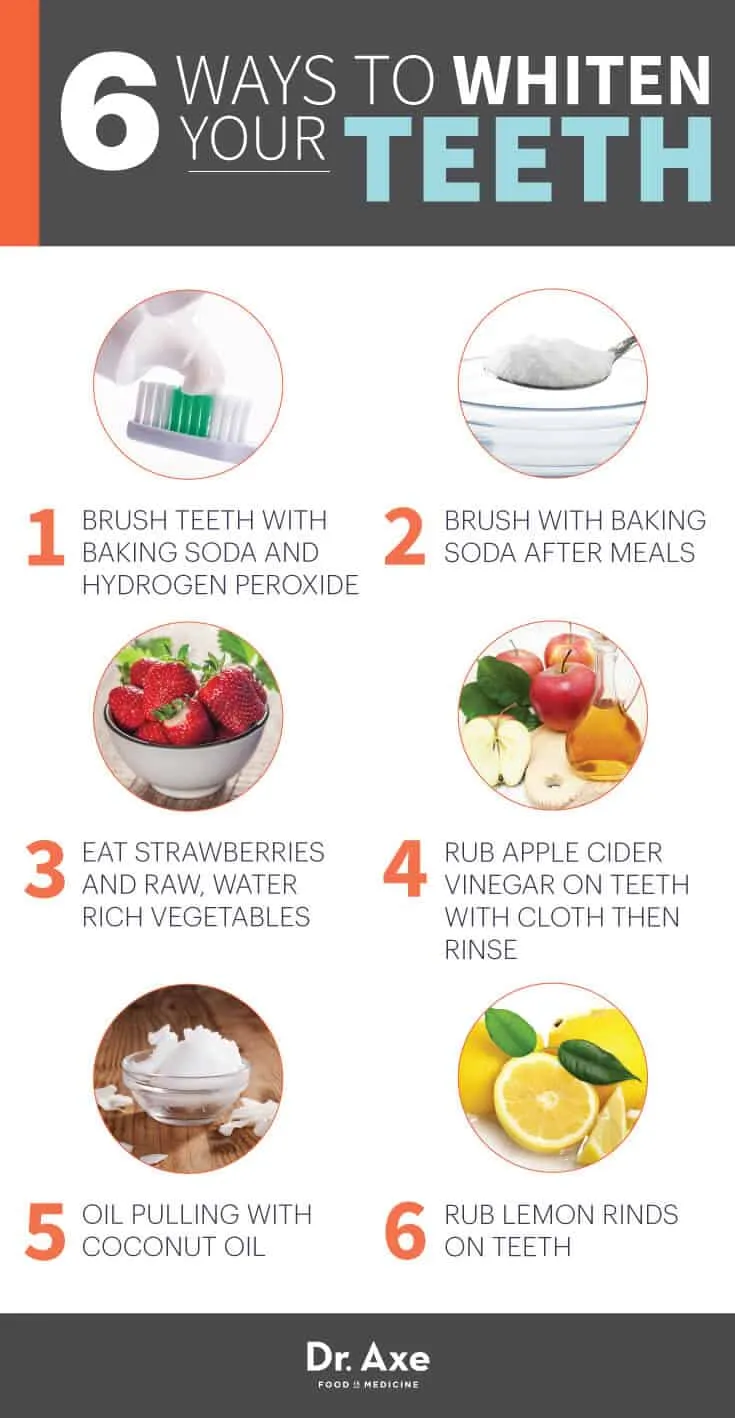
Integrating the white diet into your daily routine requires planning and commitment. It’s not simply a diet, but a shift in how you approach your food choices. Successful integration involves strategies such as meal planning, choosing the right ingredients, and making smart choices when eating out. Making this shift is about taking control of your diet and ensuring that you are consistently making positive choices for the health of your teeth. The more organized and disciplined you are with the dietary changes, the more effective the results of the diet will be.
Meal Planning Strategies
Effective meal planning is the key to successfully following the white diet. Planning your meals for the week ensures you have the right ingredients available and minimizes the temptation to make less-than-ideal food choices. Start by creating a meal plan that features foods from the allowed list and avoiding those that can cause staining. Preparing meals in advance is an effective method to avoid relying on quick, less-healthy choices. Pack your lunches, and plan your snacks. Make your own meals so you have full control of the ingredients. This will make it easier to follow the white diet and achieve a whiter smile.
Tips for Eating Out
Eating out while following the white diet does not have to be difficult. The key is to make informed choices and make the right selections. Choose white-colored, low-staining options whenever possible, such as grilled chicken or fish with white rice. Request sauces on the side, to avoid them from staining your teeth. Make sure you’re aware of the ingredients in the foods and beverages you are consuming. Choose clear beverages, such as water or unsweetened milk. If you are unsure, ask the waiter for suggestions that fit the diet’s criteria. Practicing these strategies will help you manage the diet, while still enjoying social situations.
Additional Teeth Whitening Methods
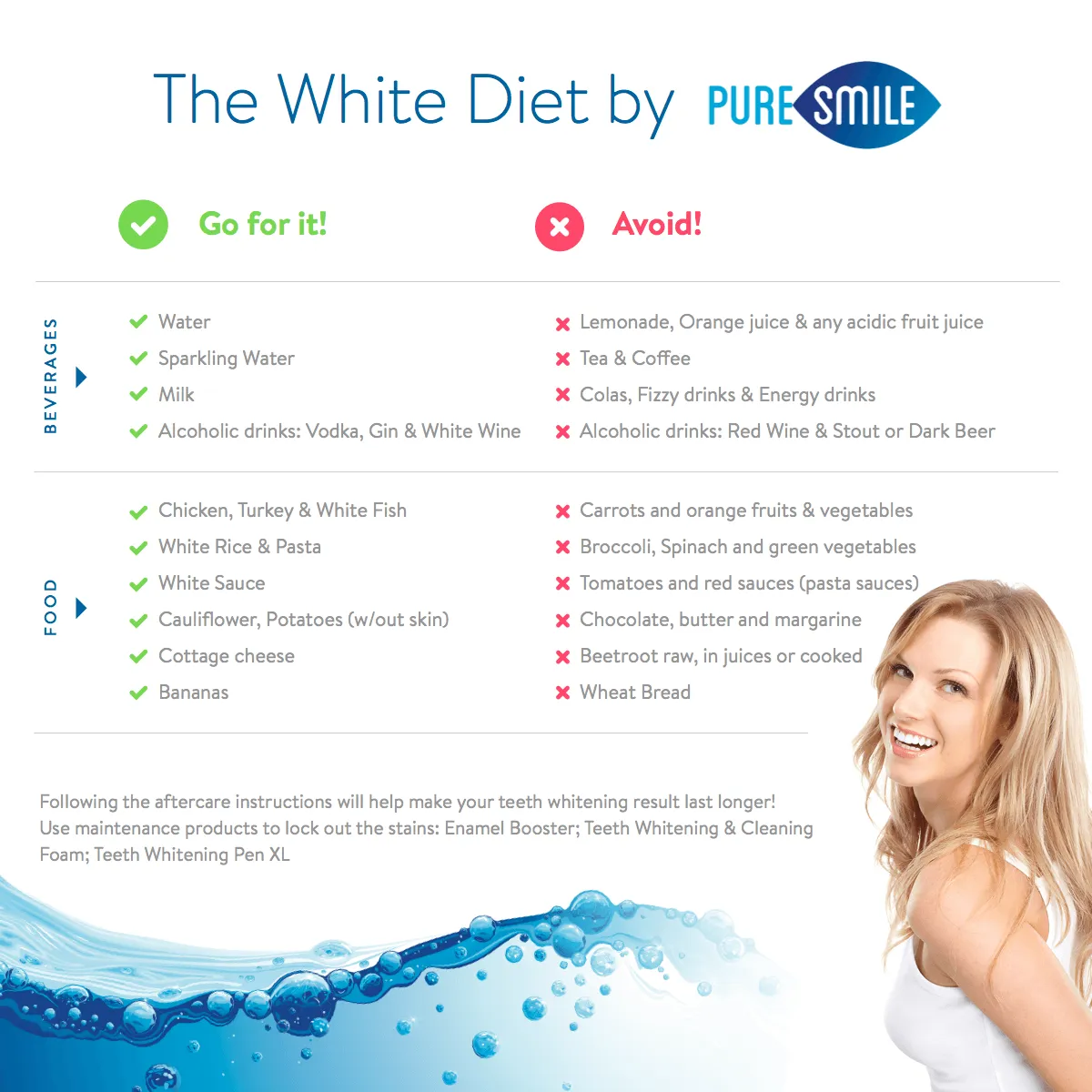
While the white diet is a natural approach to teeth whitening, it can also be combined with other methods to enhance results. These methods range from professional treatments to over-the-counter products. It is important to consult with your dentist before you begin any new teeth-whitening procedure. Combining these different methods requires a multifaceted approach to teeth whitening.
Professional Whitening Treatments
Professional teeth-whitening treatments offer the fastest and most effective results. These treatments are performed by a dentist and often involve a stronger bleaching agent than what is available over-the-counter. In-office whitening typically involves applying a high-concentration peroxide gel to the teeth, then activating it with a special light or laser. This process can lighten teeth several shades in a single visit. Your dentist can also provide custom-fitted trays for at-home whitening, using a professional-strength bleaching solution. While more expensive, professional treatments are generally safe and produce significant results, working hand in hand with the dietary efforts. Consult with your dentist to explore the best whitening options for you.
Over-the-Counter Whitening Products
Over-the-counter teeth-whitening products provide a more affordable option for improving your smile. These products come in various forms, including whitening toothpastes, strips, and mouthwashes. Whitening toothpastes contain mild abrasives that help remove surface stains, while whitening strips and gels use peroxide-based bleaching agents. When using these products, be sure to follow the directions carefully and be aware of any potential side effects, such as tooth sensitivity. The results from over-the-counter products may take longer to appear. Although they are less effective than professional treatments, they can be a convenient way to lighten your teeth. Remember that you can use them in conjunction with the white diet for the best results.
